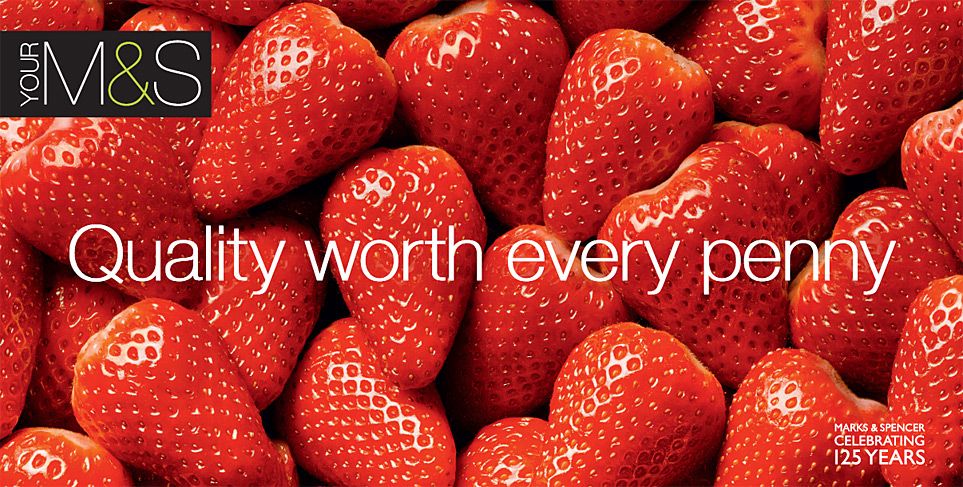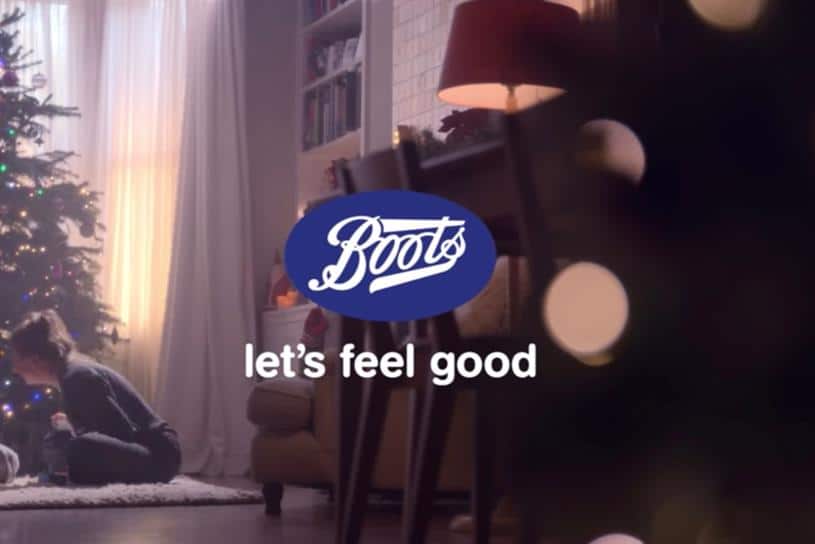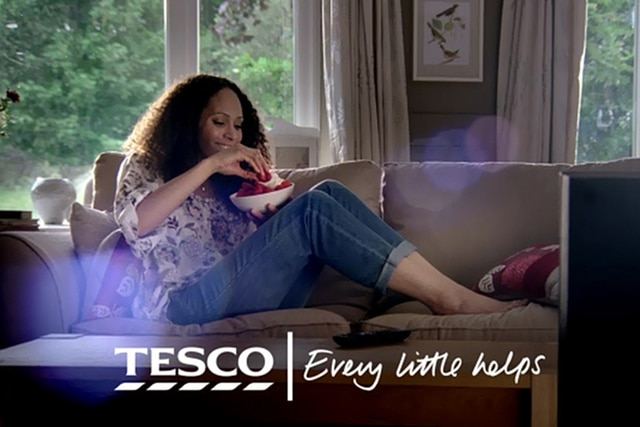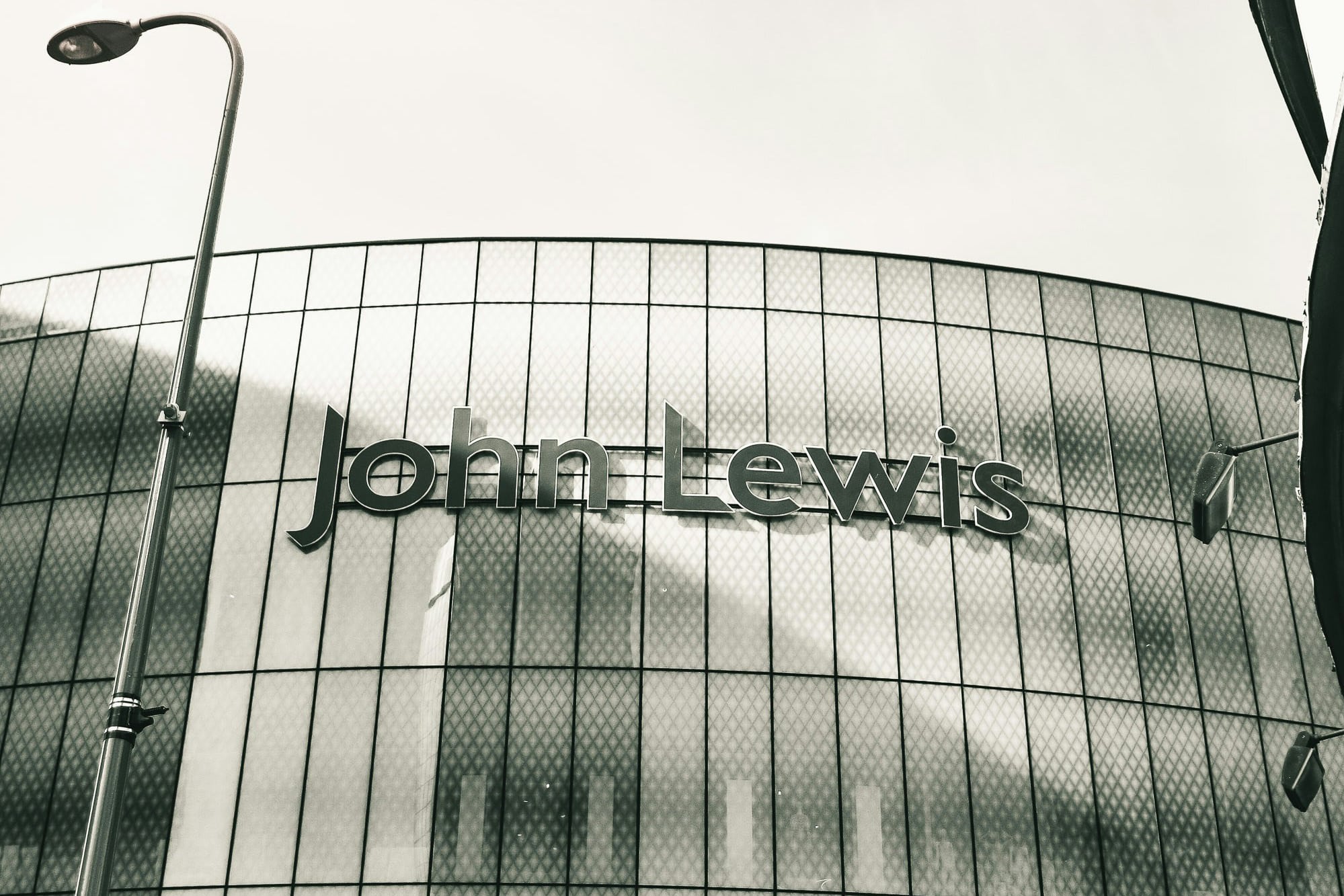In the ever-evolving retail landscape, brand authenticity and strategic messaging are crucial for capturing and retaining customer loyalty. John Lewis’ recent decision to reinstate its iconic “Never Knowingly Undersold” price pledge, after a two-year hiatus, offers a compelling case study in the power of authentic brand straplines and modern technology. This move not only revives a cherished brand promise but also demonstrates how traditional values can be harmoniously integrated with cutting-edge technology to address contemporary consumer needs.
John Lewis ‘Never Knowingly Undersold’ Price Pledge
Historically, John Lewis’ price pledge has been more than just a marketing tactic; it has been a cornerstone of its brand identity. Introduced over a century ago, the pledge epitomised the company’s commitment to value and customer satisfaction, setting it apart from competitors. When the pledge was removed in 2022, it was met with significant backlash, reflecting the deep emotional connection customers had with this promise. The decision to reinstate it underscores a critical lesson: authentic brand straplines, when aligned with customer expectations and brand values, are invaluable assets.
John Lewis’ updated approach not only brings back this beloved pledge but also adapts it for the digital age. By incorporating artificial intelligence (AI) to monitor and match prices from 25 major retailers, including online giants like Amazon and traditional competitors such as Marks & Spencer, John Lewis is setting a new benchmark in price transparency and competitiveness. This strategic shift represents a significant departure from outdated methods of pencil-and-paper price tracking, reflecting the company’s commitment to remaining relevant in a rapidly evolving retail environment.
The strategic revival of the pledge highlights the importance of adaptability and innovation in sustaining brand loyalty. While the pledge was previously based on a “pre-web world,” the integration of AI represents a forward-thinking approach that aligns with contemporary shopping behaviours. This blend of historical values with modern technology is likely to enhance customer satisfaction and potentially drive an increase in sales.

Famous Retail Brand Straplines
John Lewis’ approach parallels similar strategies employed by other respected UK brands.
Marks & Spencer
For instance, Marks & Spencer’s “quality worth every penny” strapline has long emphasised quality and accessibility in its food offerings. This commitment to sustainability and quality is reflected in Marks & Spencer’s ongoing efforts to source responsibly and meet diverse customer needs. The brand’s focus on these core values has helped it maintain a strong connection with customers, even as the retail environment has shifted.

Boots
Boots, known for its “let’s feel good” strapline, highlights its dedication to health and wellness. This promise reinforces its role as a trusted destination for pharmaceutical and beauty products. Boots has successfully maintained its reputation by adapting to changing consumer preferences and investing in both in-store and online services, demonstrating the effectiveness of aligning brand promises with customer expectations.

Tesco
Tesco’s “Every Little Helps” slogan is another notable example of a brand promise that has effectively resonated with customers. Tesco’s focus on improving customer experiences, from price guarantees to convenient shopping options, underscores its commitment to delivering value and service. This alignment between the strap line and tangible improvements in service has helped Tesco stay competitive and relevant in a challenging market.

McDonald’s
In the broader retail landscape, these examples illustrate how authentic strap lines and brand promises can drive customer loyalty and business success. For instance, McDonald’s “I’m Lovin’ It” slogan transcends its fast-food roots to embody a broader sense of enjoyment and satisfaction, reflecting the brand’s commitment to a consistent and positive customer experience.

Take a look at Mackman Branding & Marketing’s article: How To Create Effective Brand Taglines & Straplines.
Adapting To Consumer Needs Strengthens Relationships
In conclusion, John Lewis’ revival of the “Never Knowingly Undersold” pledge, supported by advanced AI technology, serves as a powerful reminder of the enduring significance of authentic straplines in retail. By merging a historically significant promise with modern innovations, John Lewis is not only reaffirming its commitment to customer value but also setting a precedent for other brands. The examples of Marks & Spencer, Boots, and Tesco further illustrate how staying true to core values and adapting to consumer needs can help brands maintain relevance and strengthen customer relationships in a rapidly changing marketplace.
If you wish to discuss brand straplines with our team of expert business consultants, please get in touch.
